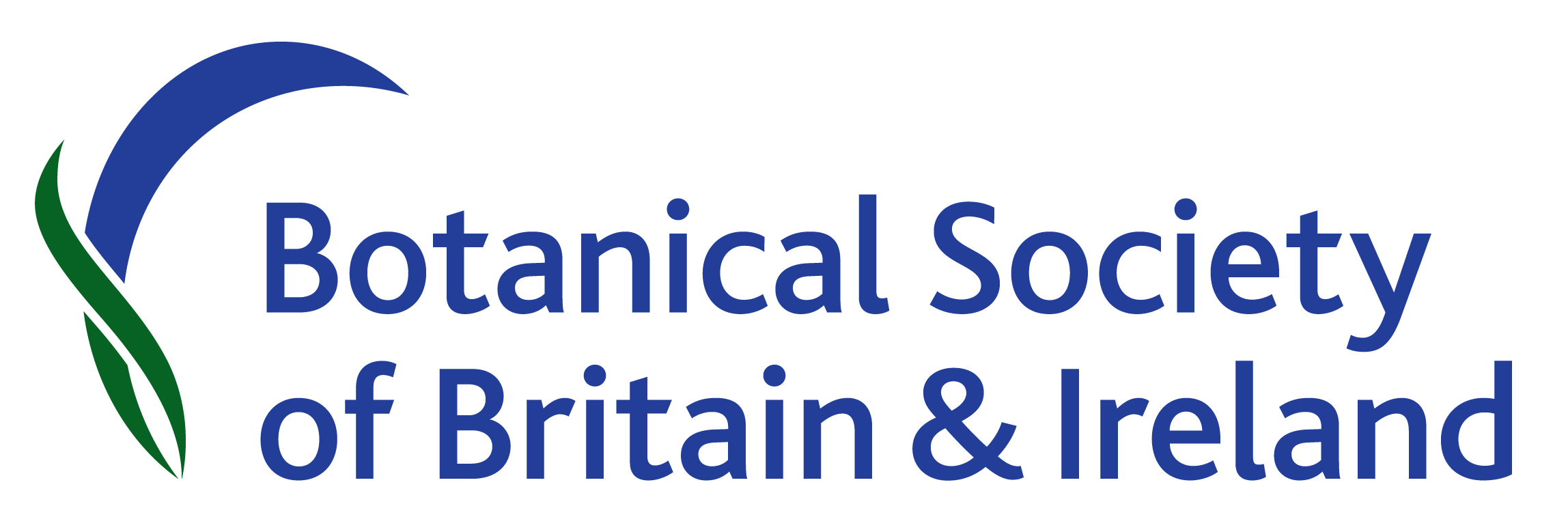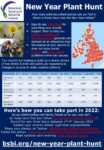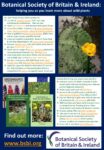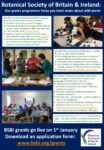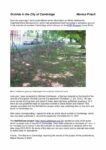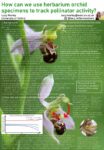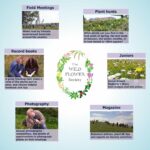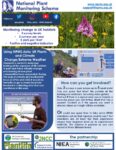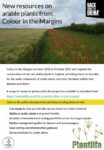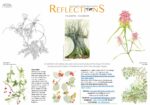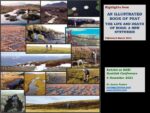New Year Plant Hunt
BSBI's eleventh New Year Plant Hunt will take place from 1st to 4th January 2022 and we hope that you will take part. 1,811 people took part in our last Hunt! Data collected by New Year Plant Hunters are helping us build up a clearer picture of how our wildflowers are responding to changes in autumn and winter weather patterns.
